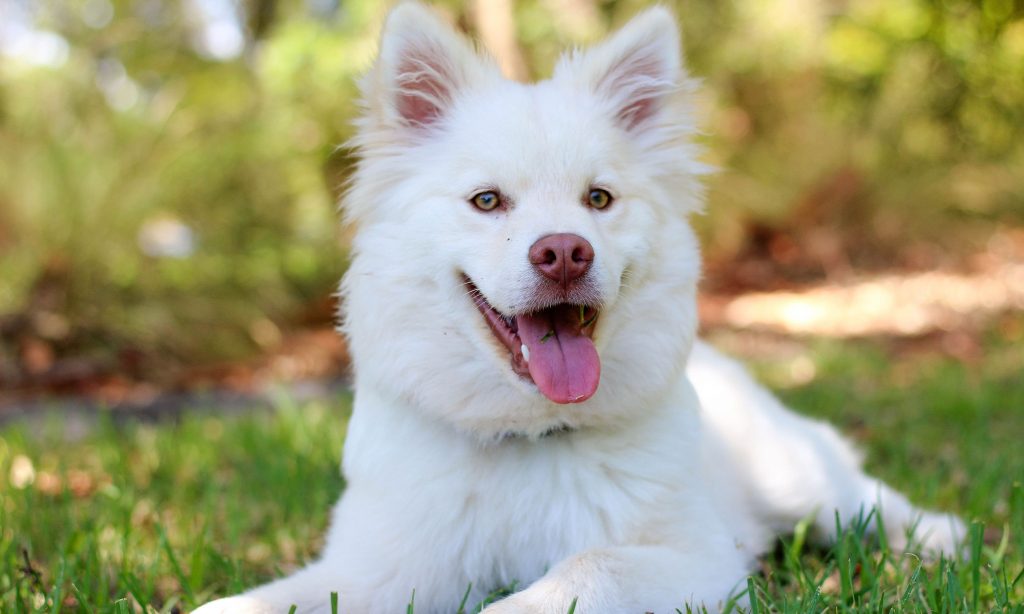The post aims to educate dog parents on how to identify signs of happiness in their dogs and provide them with a clear understanding of what to look for. Through a detailed analysis of common behavioral indicators of happiness, such as wagging tails, relaxed body language, and playful behavior, this post aims to empower dog owners to better understand their pets and improve their overall well-being. Additionally, by highlighting the importance of regular observation and communication with their dogs.

Dogs are beloved members of our families, and as such, we want to ensure that they are happy and healthy at all times. But how do we know if our furry friend is truly happy? As pet owners, it’s important to be able to identify the signs of happiness in our dogs so that we can provide them with the best possible care. In this post, we’ll explore some of the most common indicators of happiness in dogs, and provide tips on how to improve your dog’s well-being.
Wagging Tail:
One of the most obvious signs of a happy dog is a wagging tail. Dogs wag their tails when they are excited, content, or happy, and the direction and speed of the wag can indicate different emotions. A wag to the right indicates a happy and relaxed dog, while a wag to the left can indicate anxiety or fear. A high-speed wag, on the other hand, can indicate excitement or playfulness.

Body Language:
Another important indicator of a happy dog is relaxed body language. A happy dog will have a relaxed posture, with their ears perked up and their tail held at a neutral position. They may also have a soft, open mouth, and their eyes will appear soft and relaxed. On the other hand, a dog that is stressed or anxious will have a stiff posture, with their ears back and their tail tucked between their legs.
Activities:
Happy dogs are also known to be playful and energetic. They will engage in games and activities with their owners and other dogs, and they will show enthusiasm and excitement when it’s time to go for a walk or play fetch. They will also be more inclined to initiate playtime with their owners and other dogs.
Behavior:
In addition to observing physical indicators, it’s also important to pay attention to your dog’s overall behavior. A happy dog will be more affectionate and interactive with their owners, and they will be more responsive to commands and training. They will also be more inclined to seek out human companionship and attention.

There are many things that you can do to improve your dog’s well-being and happiness. Regular exercise and playtime are essential for maintaining a healthy body and mind. Providing your dog with a healthy and balanced diet, and making sure they get enough rest and sleep, are also important. Regular grooming and veterinary checkups are also essential for maintaining your dog’s physical and mental well-being.
It’s also important to remember that each dog is unique, and what makes one dog happy may not work for another. Regular observation and communication with your dog will help you understand their individual needs and preferences and will allow you to tailor your approach to their specific behavior. If you have any doubts or concerns about your dog’s behavior, we recommend consulting with a professional dog behaviorist or a veterinarian for personalized advice and guidance.
Conclusion:
Identifying the signs of happiness in your dog is an important aspect of being a responsible pet owner. By observing your dog’s behavior, body language, and overall well-being, you can ensure that your furry friend is happy, healthy, and well-cared for. We invite you to visit our website and chat with us for more personalized advice and guidance on your pet’s behavior.

Frequently Asked Questions:
What are some signs that my dog is happy?
Some signs of a happy dog include a wagging tail, relaxed body language, playfulness, and affection towards their owners.
What should I do if I notice my dog is not showing signs of happiness?
If you notice that your dog is not showing signs of happiness, it’s important to observe their behavior and consult with a professional dog behaviorist or veterinarian for personalized advice and guidance.
How can I improve my dog’s well-being and happiness?
You can improve your dog’s well-being and happiness by providing regular exercise and playtime, a healthy and balanced diet, enough rest and sleep, regular grooming, and veterinary checkups.
Why is it important to observe my dog’s behavior and understand its individual needs?
Observing your dog’s behavior and understanding their individual needs is important because each dog is unique and what makes one dog happy may not work for another.
How can I tell if my dog is stressed or anxious?
Signs of stress or anxiety in a dog can include a stiff posture, ears back, tail tucked between legs, and avoiding interaction.
What should I do if my dog is showing signs of stress or anxiety?
If your dog is showing signs of stress or anxiety, you should consult with a professional dog behaviorist or veterinarian for personalized advice and guidance.



